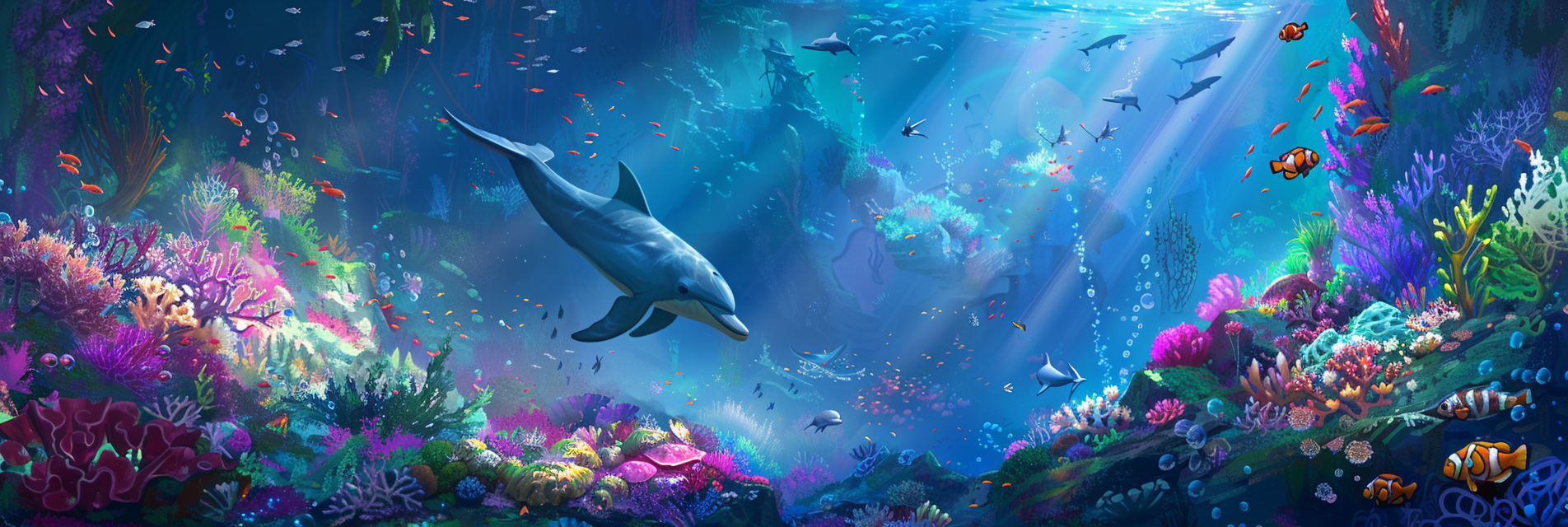
Hammerhead Shark
The Hammerhead Shark is known for its distinctive head shape, which improves sensory perception. They inhabit warm waters worldwide and feed on fish and cephalopods.
Scientific Name
Great Hammerhead (Sphyrna mokarran)
Behavior
Hammerhead Sharks are known for their highly social behavior, with some species forming schools during the day, often consisting of over 100 individuals. These schools tend to disperse at night when the sharks go out to feed. Their diet primarily consists of fish, squid, octopus, crustaceans, and even other sharks. The hammer-shaped head is equipped with electrical sensors, which are highly effective in scanning the ocean floor for hidden prey. This unique head shape also provides improved maneuverability and a wider visual range.
Breeding
Hammerhead Sharks are viviparous, meaning they give birth to live young rather than laying eggs. After gestation, which can vary by species but typically lasts several months, a female hammerhead shark gives birth to a litter of pups. The size of the litter can vary greatly, ranging from just a few to over 50 pups, depending on the species.
Characteristics
The most notable characteristic of Hammerhead Sharks is their cephalofoil, which varies in shape and size among the different species. They generally have a tall, dorsal fin, and their body color can range from gray-brown to olive-green, with a white underside to help camouflage them from predators below. Sizes of hammerhead sharks can vary significantly, with the Great Hammerhead being the largest, capable of reaching lengths of up to 20 feet (6 meters), while smaller species may only grow to about 3 feet (0.9 meters).
History
The evolutionary history of the hammerhead shark is fascinating, with fossil records suggesting that these sharks have been around for millions of years. The unique head structure is an evolutionary adaptation that has allowed hammerhead sharks to become highly effective predators.
Current Status
Several species of Hammerhead Sharks are considered to be at risk due to overfishing, bycatch in fishing gear, and habitat destruction. The Scalloped Hammerhead, for example, is listed as Endangered on the IUCN Red List. The primary threats include targeted fishing for their fins, which are highly valued in the shark fin soup market, as well as incidental catch in commercial fisheries. Conservation efforts are in place in many parts of the world, aiming to protect hammerhead sharks through fishing regulations, protected marine areas, and international agreements to regulate trade in endangered species.




